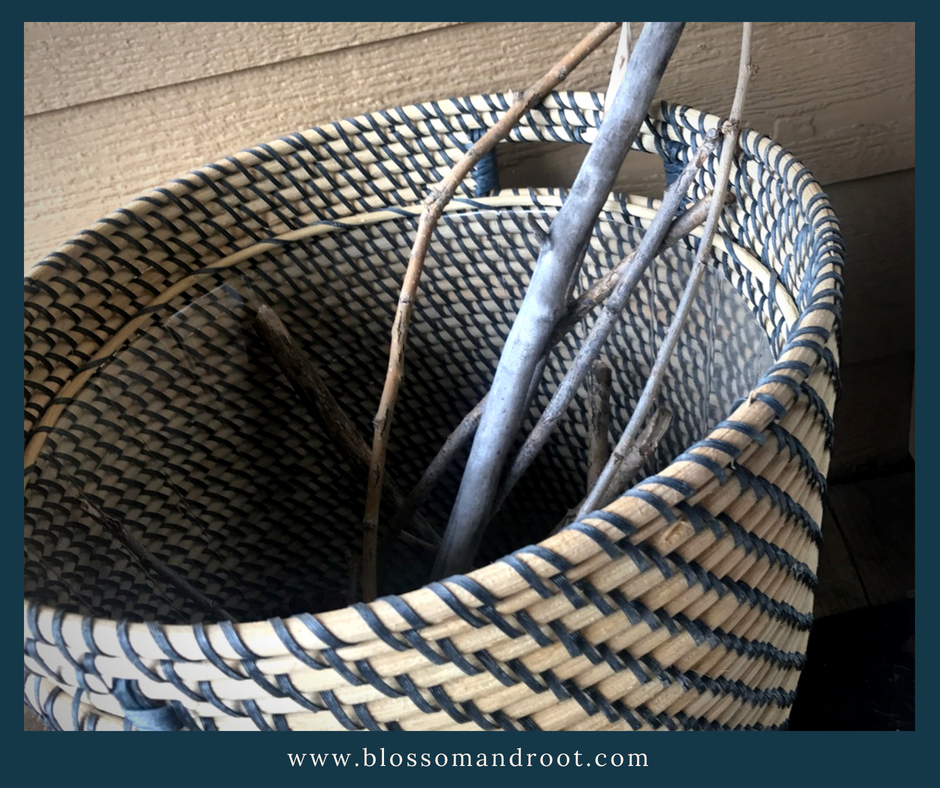This post may contain affiliate links. To learn more, please read our disclosure.
Last winter, we went through a few months of medical issues with a close family member that required a lot of driving back and forth across the Colorado front range. Normally, this sort of upheaval of our “usual routine” would have made me feel anxious and unsettled, but thanks to the Brave Writer lifestyle (and Julie Bogart’s endless, soothing wisdom), I accepted that things would just need to be a little bit looser in this season of our homeschooling life.
To keep the educational flame stoked while our curriculum was temporarily put on the back burner, I bought an ebook called Tinkerlab: A Hands-On Guide for Little Inventors. This wonderful little gem was filled with ideas to kick off open-ended exploration with minimal prep or stress. We dabbled in over half of the activities over the course of two months before things evened out and we were able to get back on track with the usual programming.

However, our tinkering season had a lasting impact. I didn’t want to put it away entirely, so I grabbed a few baskets and buckets, filled them with many of the materials we’d used with the book, and strewed them on our balcony, in our living room, and in the girls’ bedroom. I’m happy to report that the tinkering has continued, often without any prompting from me.
Tinkering comes naturally to children–they’re born full of curiosity and the desire to explore the world around them. Therefore it seemed an effortless and meaningful extension to add to our already-relaxed homeschool. Here’s what we keep stocked in our “tinker boxes”:
- small boxes (shoe boxes and leftover boxes from produce or dried goods)
- Paper towel and toilet paper tubes
- a journal full of graphing paper (this was inspired by reading Rosie Revere, Engineer)
- pencils and erasers
- string, yarn, twine
- pipe cleaners
- washi tape, clear tape, masking tape, school glue, and glue sticks
- paper (white printer paper, construction paper, recycled mail, an old phone book)
- clay, play-dough, and aluminum foil
- popsicle sticks
- ribbons and other random bits and pieces from old clothing or toys
The basket on our balcony is a little different. This is where we drop all of the goodies that the girls bring home from outside: sticks, pine cones, rocks, leaves, etc. I leave twine and clay in there as well, and honestly the inventions from that basket are some of the most interesting ones.

Like everything else in our “5 Essentials for Homeschool Enchantment” list, adding a tinker box to your homeschool environment is incredibly easy to do and effortless for the parent. You don’t have to integrate it into any curriculum or stress about the standards that it’s addressing. You don’t have to spend money to make it. You don’t have to do anything but leave a box of random tinkering supplies someplace where your children can work. That’s all! And the value that this simple installation can deliver is priceless.
To read about the other essentials in this series, click on the links below:
Click here to read about mud kitchens
Click here to read about creativity stations
Click here to read about book baskets
Get Your FREE Trial Issue of Book Seeds By Blossom & Root!

This FREE issue, inspired by the book The Three Sunflowers by Janet Lucy, includes two weeks of activities including nature study, STEAM, art project, recipe, and exploring language and poetry. Suitable for ages 3 - 8. Grab yours today!




